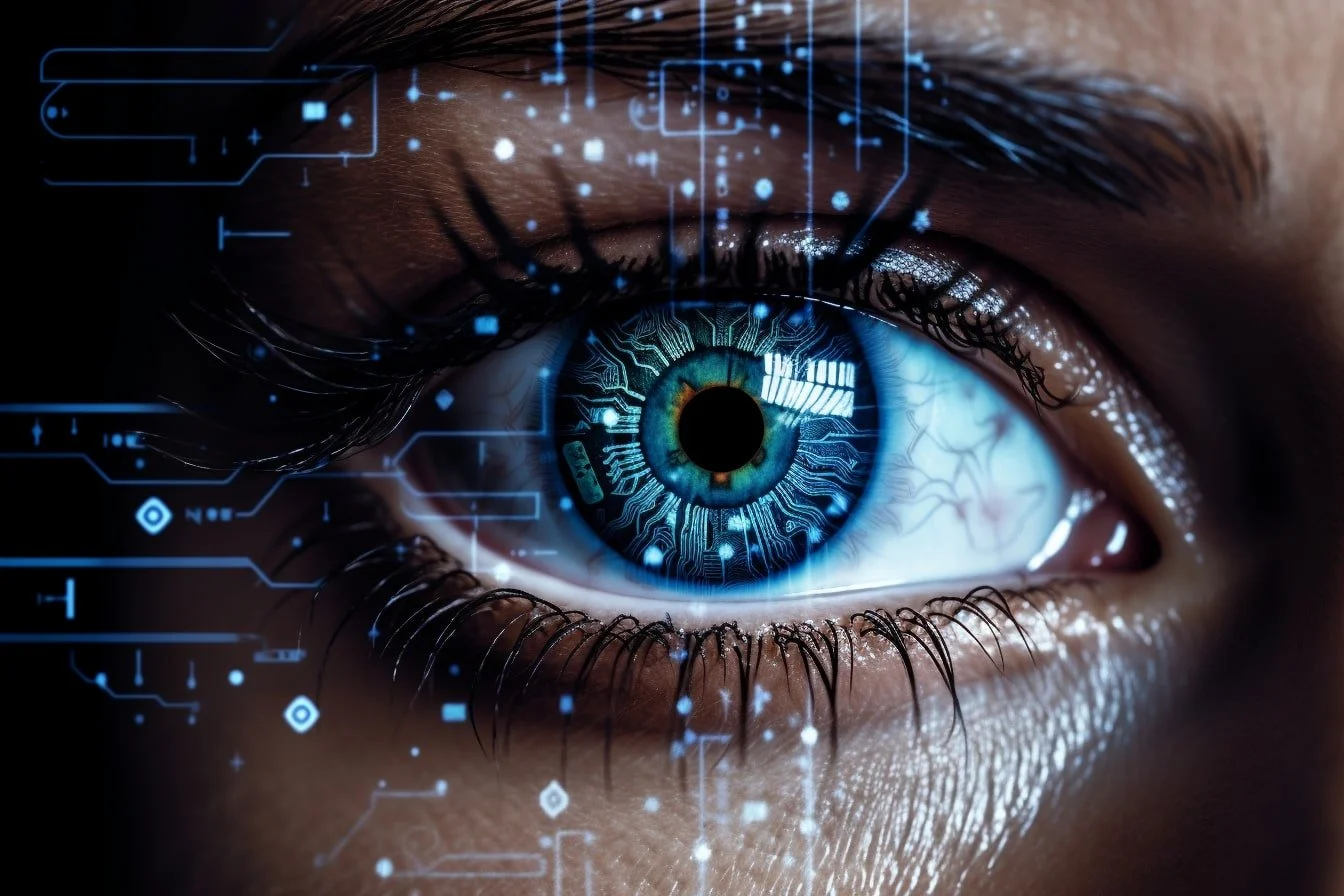Researchers at the U.S. National Institutes of Health (NIH) have utilized artificial intelligence (AI) to revolutionize the imaging of cells in the eye’s posterior segment, as per an announcement made by NIH on Wednesday. The application of AI has enabled imaging at a speed 100 times faster and has enhanced image contrast by 3.5 times, according to the research team. This breakthrough promises to provide a superior tool for evaluating conditions such as age-related macular degeneration and other retinal diseases.
Details
Johnny Tam, who leads the Clinical and Translational Imaging Section at NIH’s National Eye Institute, emphasized the significance of artificial intelligence in overcoming a significant constraint in retinal cell imaging – time. He highlighted the development of adaptive optics (AO) technology aimed at enhancing imaging devices based on optical coherence tomography (OCT). OCT, akin to ultrasound, is a noninvasive, rapid, painless technique that has become standard equipment in numerous eye clinics.
Tam and his team devised an innovative AI-driven technique named parallel discriminator generative adverbial network (P-GAN), constituting a deep learning algorithm. The P-GAN network was trained using approximately 6,000 manually analyzed images of human retinal pigment epithelium acquired via AO-OCT. These images, coupled with their corresponding speckled originals, facilitated the network’s training to identify and recover cellular features obscured by speckles.
Implications
The implementation of AI in retinal imaging holds immense promise for advancing our understanding and diagnosis of various eye diseases, particularly age-related macular degeneration. By significantly accelerating imaging processes and enhancing image quality, this technology could lead to earlier detection, better management, and improved outcomes for patients with retinal disorders.
The NIH’s pioneering research represents a significant leap forward in retinal imaging capabilities, thanks to the integration of artificial intelligence. The development of the P-GAN algorithm underscores the potential of AI to revolutionize medical diagnostics and improve patient care in ophthalmology. As further advancements are made, the impact of AI on healthcare is poised to become even more profound.
